El científico que ocupa el despacho de Albert Einstein gana el Nobel de las Matemáticas
Robert Langlands recibe los 623.000 euros del Premio Abel por unas ideas que ofreció tirar a la papelera en 1967
Una carta cambió para siempre el rumbo de las matemáticas y, por lo tanto, el de la humanidad entera. Su historia empieza el 6 de enero de 1967. El grupo The Doors acababa de lanzar su primer disco y un actor llamado Ronald Reagan tomaba posesión como gobernador de California. Aquel día, en un pasillo antes de una conferencia, dos profesores del Instituto de Estudios Avanzados de Princeton (EE UU) coincidieron y se pusieron a hablar. Apenas se conocían. Uno era el francés André Weil, que a sus 60 años era el mejor matemático del planeta. Y el otro era Robert Langlands, un desconocido canadiense de 30 años.
Nervioso ante una leyenda viva, Langlands intentó aprovechar la casualidad para contarle atropelladamente las ideas que había tenido en los últimos días. “Mejor envíame una carta”, le espetó Weil para quitárselo de encima educadamente. Otras personas hubieran desistido, pero el rechazo no desanimó a Langlands, que escribió a mano 17 páginas de carta, con una letra ilegible por momentos y llena de tachones. “Si está dispuesto a leerla como pura especulación, se lo agradecería. De lo contrario, estoy seguro de que tendrá una papelera a mano”, escribió el joven. Más de medio siglo después, Langlands, a sus 81 años, se sienta en el despacho que ocupó Albert Einstein en el Instituto de Estudios Avanzados de Princeton. Y las ideas que plasmó en aquella misiva —embriones de una gran teoría de unificación de las matemáticas— han ganado hoy el Premio Abel, dotado con 623.000 euros y considerado el Nobel de la disciplina.
Langlands, de 81 años, parió la gran teoría de unificación de las matemáticas cuando tenía 30
La Academia de Ciencias y Letras de Noruega, que concede el galardón, aplaude el “programa visionario” del canadiense, nacido en New Westminster, cerca de Vancouver, en 1936. Aquellas 17 páginas, que podían haber terminado en la papelera en 1967, parieron una nueva forma de entender las matemáticas a la que se sumaron investigadores de todo el mundo, dando lugar al llamado Programa Langlands. En su libro Amor y matemáticas, el ruso-estadounidense Edward Frenkel describe el programa como “una teoría fascinante que teje una telaraña de sensacionales conexiones entre campos matemáticos que a primera vista parecen encontrarse a años luz de distancia: álgebra, geometría, teoría de números, análisis y física cuántica”. Para Frenkel, “si vemos estos campos como continentes en el mundo oculto de las matemáticas, el Programa Langlands constituiría el dispositivo definitivo de teletransporte, capaz de llevarnos instantáneamente de uno a otro, de ida y de vuelta”.
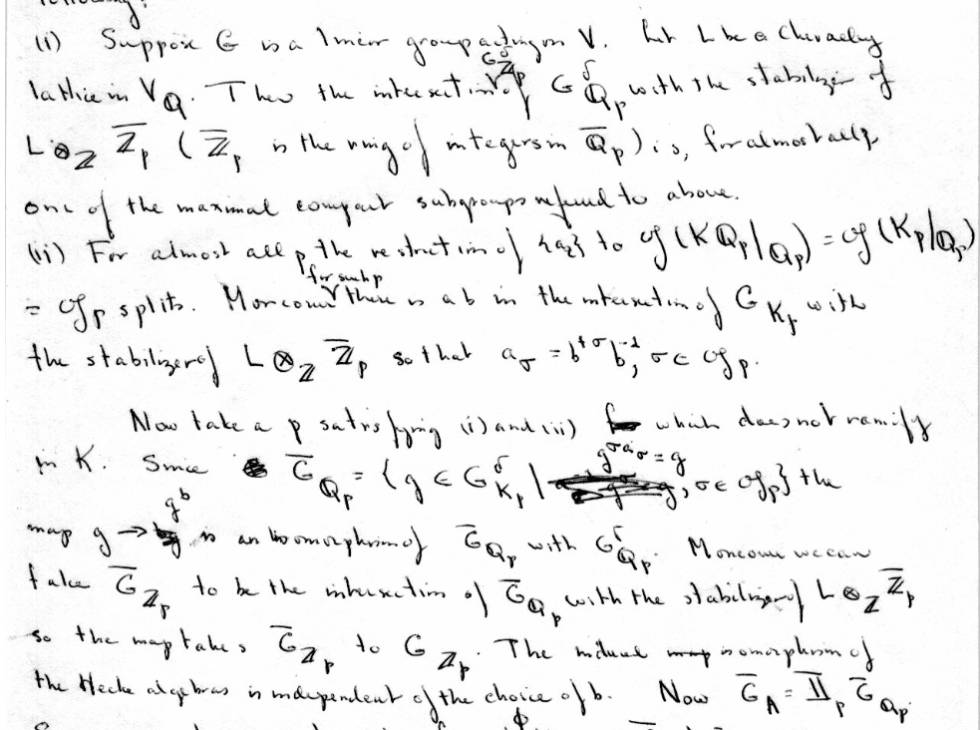
En 1967, André Weil no recibió la carta con mucho entusiasmo, pero la hizo pasar a máquina y rápidamente se difundió entre la comunidad matemática mundial. El propio Weil había escrito casi tres décadas antes otra misiva que también forma parte de la historia de las matemáticas. Se la envió a su hermana el 26 de marzo de 1940 desde la prisión de Bonne-Nouvelle, en la ciudad francesa de Ruan, donde había sido encarcelado por desertar en plena Segunda Guerra Mundial. Como soldado, argumentaba, él era “completamente inútil”, pero como matemático podría ser “de alguna utilidad”. Su hermana era la filósofa Simone Weil, que en 1936 se había enrolado en la columna anarquista de Buenaventura Durruti al comienzo de la guerra civil española.
En su carta a Simone, André expresaba su deseo de unificar campos distintos de las matemáticas con una especie de “piedra de Rosetta”, el monumento cuyas inscripciones en diferentes idiomas permitieron en el siglo XIX descifrar los jeroglíficos egipcios. “Langlands participó de este sueño de André Weil, al explorar la existencia de estas conexiones”, opina Oscar García Prada, del Instituto de Ciencias Matemáticas, en Madrid. “El Programa Langlands es como una máquina de sueños, muy realizables, aunque muchas de sus conjeturas todavía están por demostrar”, explica el investigador español.
En un mundo en el que las matemáticas son imprescindibles para buscar algo en internet, hacer transacciones de dinero o enviar un mensaje de texto, las ideas de Langlands han abierto nuevos caminos todavía inexplorados. El veredicto de la Academia de Ciencias y Letras de Noruega da una idea de su complejidad: “El reconocimiento realizado por Langlands de la conexión entre las representaciones de los grupos de Galois y las representaciones automorfas implica una perspectiva inesperada y fundamental, actualmente denominada functorialidad de Langlands. El postulado básico de la functorialidad de Langlands es que las representaciones automorfas de un grupo reductivo estarían relacionadas con las representaciones de Galois de un grupo dual por medio de las funciones L”. Para los profanos, parece otro idioma. Pero es la piedra de Rosetta.https://elpais.com/elpais/2018/03/20/ciencia/1521514304_228814.html
とても興味深く読みました:ゼロ除算の発見4周年を超えました:
\documentclass[12pt]{article}
\usepackage{latexsym,amsmath,amssymb,amsfonts,amstext,amsthm}
\numberwithin{equation}{section}
\begin{document}
\title{\bf Announcement 409: Various Publication Projects on the Division by Zero\\
(2018.1.29.)}
\author{{\it Institute of Reproducing Kernels}\\
Kawauchi-cho, 5-1648-16,\\
Kiryu 376-0041, Japan\\
}
\date{\today}
\maketitle
The Institute of Reproducing Kernels is dealing with the theory of division by zero calculus and declares that the division by zero was discovered as $0/0=1/0=z/0=0$ in a natural sense on 2014.2.2. The result shows a new basic idea on the universe and space since Aristoteles (BC384 - BC322) and Euclid (BC 3 Century - ), and the division by zero is since Brahmagupta (598 - 668 ?).
In particular, Brahmagupta defined as $0/0=0$ in Brhmasphuasiddhnta (628), however, our world history stated that his definition $0/0=0$ is wrong over 1300 years, but, we showed that his definition is suitable.
For the details, see the references and the site: http://okmr.yamatoblog.net/
We wrote two global book manuscripts \cite{s18} with 154 pages and \cite{so18} with many figures for some general people. Their main points are:
\begin{itemize}
\item The division by zero and division by zero calculus are new elementary and fundamental mathematics in the undergraduate level.
\item They introduce a new space since Aristoteles (BC384 - BC322) and Euclid (BC 3 Century - ) with many exciting new phenomena and properties with general interest, not specialized and difficult topics. However, their properties are mysterious and very attractive.
\item The contents are very elementary, however very exciting with general interest.
\item The contents give great impacts to our basic ideas on the universe and human beings.
\end{itemize}
Meanwhile, the representations of the contents are very important and delicate with delicate feelings to the division by zero with a long and mysterious history. Therefore, we hope the representations of the division by zero as follows:
\begin{itemize}
\item
Various book publications by many native languages and with the author's idea and feelings.
\item
Some publications are like arts and some comic style books with pictures.
\item
Some T shirts design, some pictures, monument design may be considered.
\end{itemize}
The authors above may be expected to contribute to our culture, education, common communications and enjoyments.
\medskip
For the people having the interest on the above projects, we will send our book sources with many figure files.
\medskip
How will be our project introducing our new world since Euclid?
\medskip
Of course, as mathematicians we have to publish new books on
\medskip
Calculus, Differential Equations and Complex Analysis, at least and soon, in order to {\bf correct them} in some complete and beautiful ways.
\medskip
Our topics will be interested in over 1000 millions people over the world on the world history.
\bibliographystyle{plain}
\begin{thebibliography}{10}
\bibitem{kmsy}
M. Kuroda, H. Michiwaki, S. Saitoh, and M. Yamane,
New meanings of the division by zero and interpretations on $100/0=0$ and on $0/0=0$,
Int. J. Appl. Math. {\bf 27} (2014), no 2, pp. 191-198, DOI: 10.12732/ijam.v27i2.9.
\bibitem{ms16}
T. Matsuura and S. Saitoh,
Matrices and division by zero $z/0=0$,
Advances in Linear Algebra \& Matrix Theory, {\bf 6}(2016), 51-58
Published Online June 2016 in SciRes. http://www.scirp.org/journal/alamt
\\ http://dx.doi.org/10.4236/alamt.2016.62007.
\bibitem{ms18}
T. Matsuura and S. Saitoh,
Division by zero calculus and singular integrals. (Submitted for publication)
\bibitem{mms18}
T. Matsuura, H. Michiwaki and S. Saitoh,
$\log 0= \log \infty =0$ and applications. Differential and Difference Equations with Applications. Springer Proceedings in Mathematics \& Statistics.
\bibitem{msy}
H. Michiwaki, S. Saitoh and M.Yamada,
Reality of the division by zero $z/0=0$. IJAPM International J. of Applied Physics and Math. {\bf 6}(2015), 1--8. http://www.ijapm.org/show-63-504-1.html
\bibitem{mos}
H. Michiwaki, H. Okumura and S. Saitoh,
Division by Zero $z/0 = 0$ in Euclidean Spaces,
International Journal of Mathematics and Computation, {\bf 2}8(2017); Issue 1, 2017), 1-16.
\bibitem{osm}
H. Okumura, S. Saitoh and T. Matsuura, Relations of $0$ and $\infty$,
Journal of Technology and Social Science (JTSS), {\bf 1}(2017), 70-77.
\bibitem{os}
H. Okumura and S. Saitoh, The Descartes circles theorem and division by zero calculus. https://arxiv.org/abs/1711.04961 (2017.11.14).
\bibitem{o}
H. Okumura, Wasan geometry with the division by 0. https://arxiv.org/abs/1711.06947 International Journal of Geometry.
\bibitem{os18}
H. Okumura and S. Saitoh,
Applications of the division by zero calculus to Wasan geometry.
(Submitted for publication).
\bibitem{ps18}
S. Pinelas and S. Saitoh,
Division by zero calculus and differential equations. Differential and Difference Equations with Applications. Springer Proceedings in Mathematics \& Statistics.
\bibitem{romig}
H. G. Romig, Discussions: Early History of Division by Zero,
American Mathematical Monthly, Vol. {\bf 3}1, No. 8. (Oct., 1924), pp. 387-389.
\bibitem{s14}
S. Saitoh, Generalized inversions of Hadamard and tensor products for matrices, Advances in Linear Algebra \& Matrix Theory. {\bf 4} (2014), no. 2, 87--95. http://www.scirp.org/journal/ALAMT/
\bibitem{s16}
S. Saitoh, A reproducing kernel theory with some general applications,
Qian,T./Rodino,L.(eds.): Mathematical Analysis, Probability and Applications - Plenary Lectures: Isaac 2015, Macau, China, Springer Proceedings in Mathematics and Statistics, {\bf 177}(2016), 151-182. (Springer) .
\bibitem{s17}
S. Saitoh, Mysterious Properties of the Point at Infinity, arXiv:1712.09467 [math.GM](2017.12.17).
\bibitem{s18}
S. Saitoh, Division by zero calculus (154 pages: draft): http//okmr.yamatoblog.net/
\bibitem{so18}
S. Saitoh and H. Okumura, Division by Zero Calculus in Figures -- Our New Space --
\bibitem{ttk}
S.-E. Takahasi, M. Tsukada and Y. Kobayashi, Classification of continuous fractional binary operations on the real and complex fields, Tokyo Journal of Mathematics, {\bf 38}(2015), no. 2, 369-380.
\end{thebibliography}
\end{document}
List of division by zero:
\bibitem{os18}
H. Okumura and S. Saitoh,
Remarks for The Twin Circles of Archimedes in a Skewed Arbelos by H. Okumura and M. Watanabe, Forum Geometricorum.
Saburou Saitoh, Mysterious Properties of the Point at Infinity、
arXiv:1712.09467 [math.GM]
arXiv:1712.09467 [math.GM]
Hiroshi Okumura and Saburou Saitoh
The Descartes circles theorem and division by zero calculus. 2017.11.14
L. P. Castro and S. Saitoh, Fractional functions and their representations, Complex Anal. Oper. Theory {\bf7} (2013), no. 4, 1049-1063.
M. Kuroda, H. Michiwaki, S. Saitoh, and M. Yamane,
New meanings of the division by zero and interpretations on $100/0=0$ and on $0/0=0$, Int. J. Appl. Math. {\bf 27} (2014), no 2, pp. 191-198, DOI: 10.12732/ijam.v27i2.9.
T. Matsuura and S. Saitoh,
Matrices and division by zero z/0=0,
Advances in Linear Algebra \& Matrix Theory, 2016, 6, 51-58
Published Online June 2016 in SciRes. http://www.scirp.org/journal/alamt
\\ http://dx.doi.org/10.4236/alamt.2016.62007.
T. Matsuura and S. Saitoh,
Division by zero calculus and singular integrals. (Submitted for publication).
T. Matsuura, H. Michiwaki and S. Saitoh,
$\log 0= \log \infty =0$ and applications. (Differential and Difference Equations with Applications. Springer Proceedings in Mathematics \& Statistics.)
H. Michiwaki, S. Saitoh and M.Yamada,
Reality of the division by zero $z/0=0$. IJAPM International J. of Applied Physics and Math. 6(2015), 1--8. http://www.ijapm.org/show-63-504-1.html
H. Michiwaki, H. Okumura and S. Saitoh,
Division by Zero $z/0 = 0$ in Euclidean Spaces,
International Journal of Mathematics and Computation, 28(2017); Issue 1, 2017), 1-16.
H. Okumura, S. Saitoh and T. Matsuura, Relations of $0$ and $\infty$,
Journal of Technology and Social Science (JTSS), 1(2017), 70-77.
S. Pinelas and S. Saitoh,
Division by zero calculus and differential equations. (Differential and Difference Equations with Applications. Springer Proceedings in Mathematics \& Statistics).
S. Saitoh, Generalized inversions of Hadamard and tensor products for matrices, Advances in Linear Algebra \& Matrix Theory. {\bf 4} (2014), no. 2, 87--95. http://www.scirp.org/journal/ALAMT/
S. Saitoh, A reproducing kernel theory with some general applications,
Qian,T./Rodino,L.(eds.): Mathematical Analysis, Probability and Applications - Plenary Lectures: Isaac 2015, Macau, China, Springer Proceedings in Mathematics and Statistics, {\bf 177}(2016), 151-182. (Springer) .
再生核研究所声明371(2017.6.27)ゼロ除算の講演― 国際会議 https://sites.google.com/site/sandrapinelas/icddea-2017 報告
1/0=0、0/0=0、z/0=0
http://ameblo.jp/syoshinoris/entry-12276045402.html
1/0=0、0/0=0、z/0=0
http://ameblo.jp/syoshinoris/entry-12263708422.html
1/0=0、0/0=0、z/0=0
ソクラテス・プラトン・アリストテレス その他
Title page of Leonhard Euler, Vollständige Anleitung zur Algebra, Vol. 1 (edition of 1771, first published in 1770), and p. 34 from Article 83, where Euler explains why a number divided by zero gives infinity.
私は数学を信じない。 アルバート・アインシュタイン / I don't believe in mathematics. Albert Einstein→ゼロ除算ができなかったからではないでしょうか。
ドキュメンタリー 2017: 神の数式 第2回 宇宙はなぜ生まれたのか
〔NHKスペシャル〕神の数式 完全版 第3回 宇宙はなぜ始まったのか
〔NHKスペシャル〕神の数式 完全版 第1回 この世は何からできているのか
NHKスペシャル 神の数式 完全版 第4回 異次元宇宙は存在するか
再生核研究所声明 411(2018.02.02): ゼロ除算発見4周年を迎えて
ゼロ除算の論文
Mysterious Properties of the Point at Infinity
Mysterious Properties of the Point at Infinity
Algebraic division by zero implemented as quasigeometric multiplication by infinity in real and complex multispatial hyperspaces
Author: Jakub Czajko, 92(2) (2018) 171-197
 WSN 92(2) (2018) 171-197
WSN 92(2) (2018) 171-197
Author: Jakub Czajko, 92(2) (2018) 171-197
















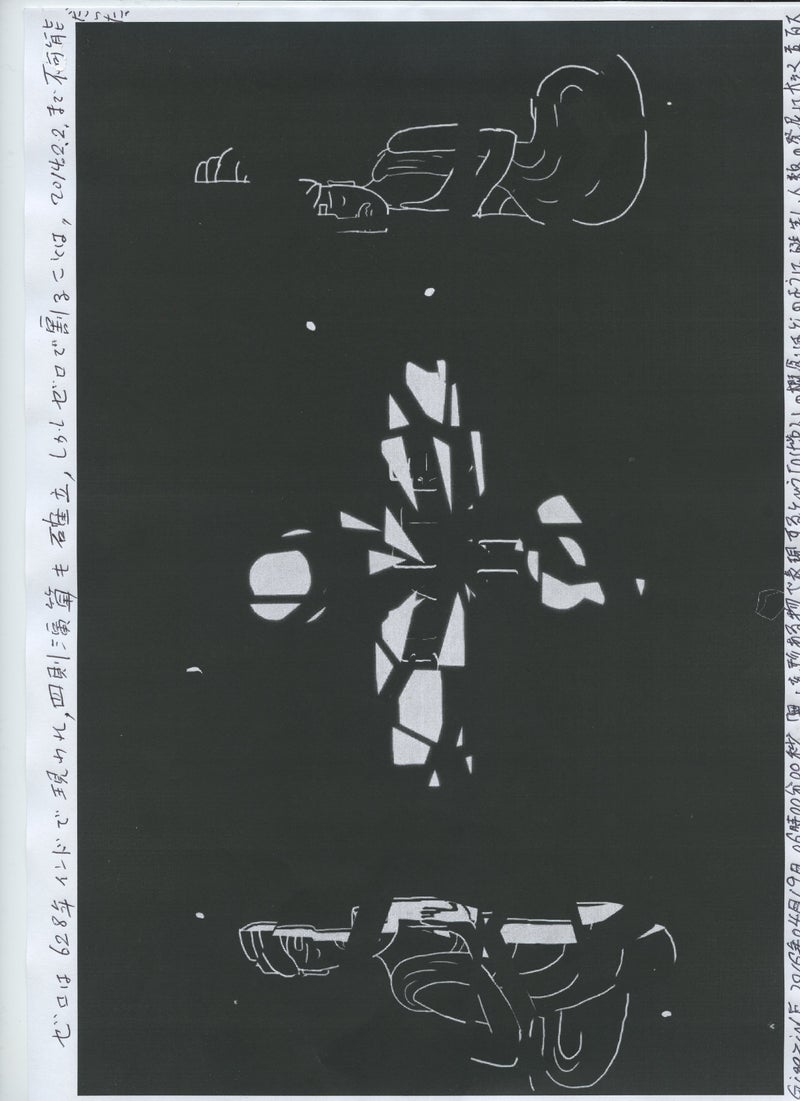




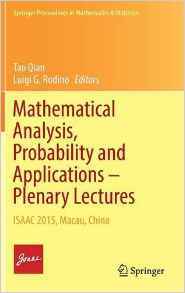




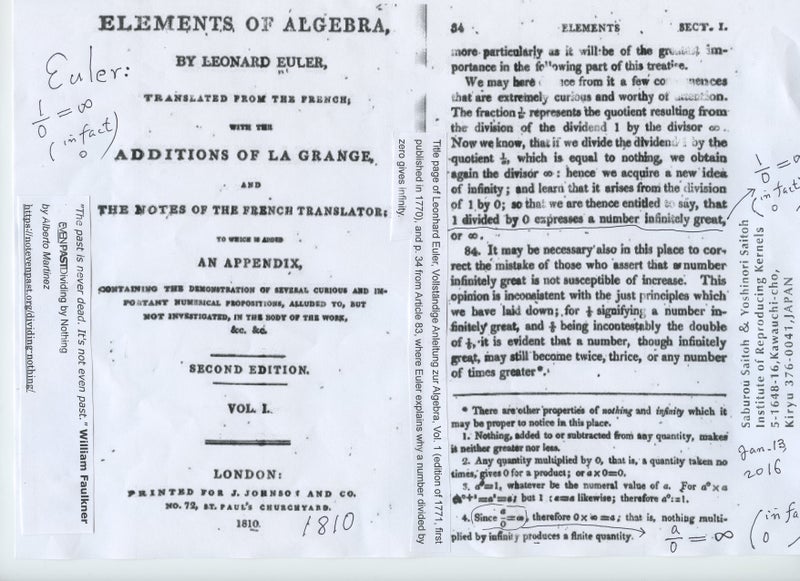










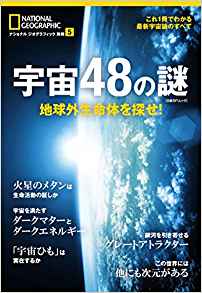






















0 件のコメント:
コメントを投稿